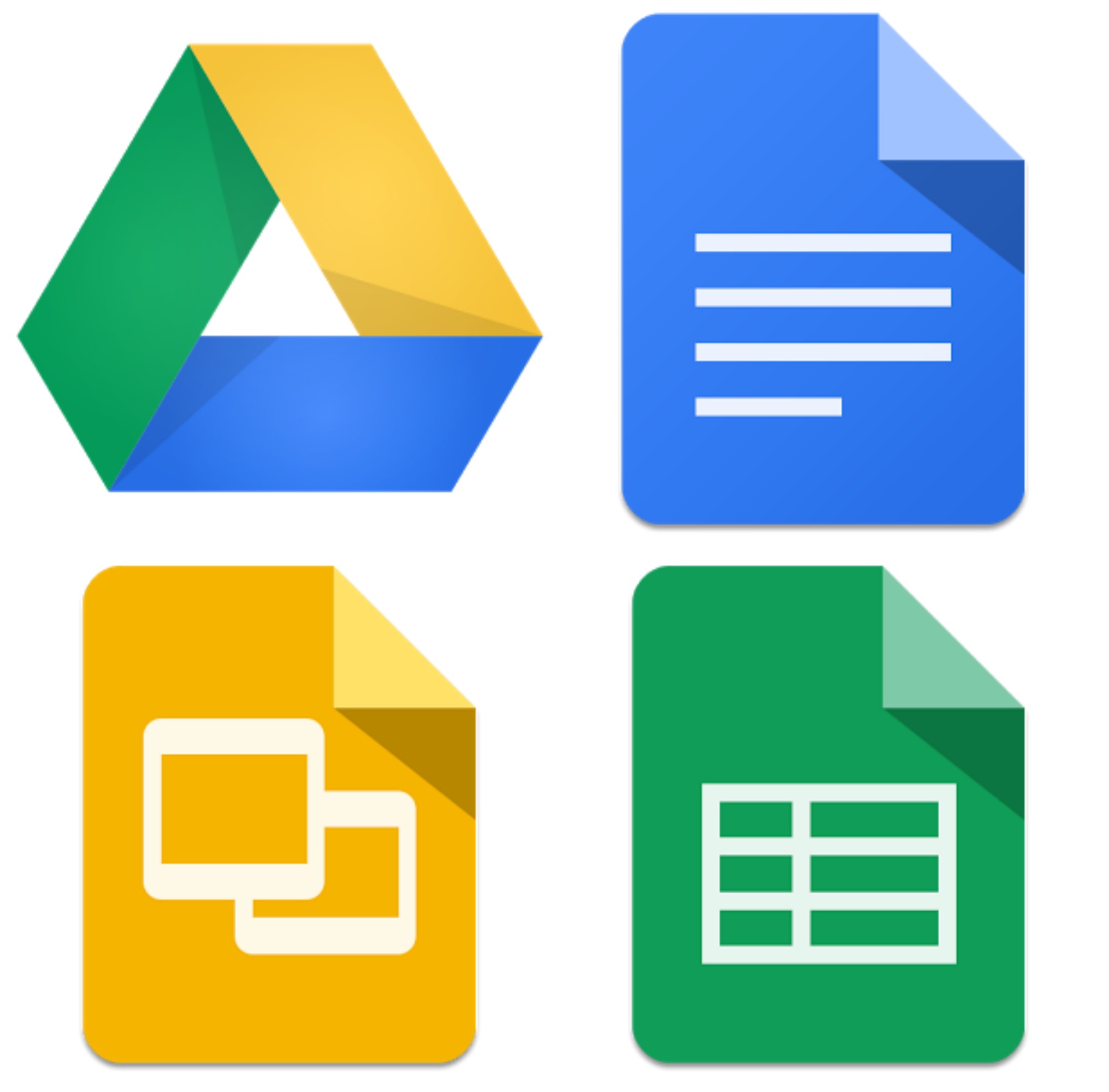
Similar to Microsoft Office, recipients of your document need to have a Google account to see and interact with the document. You can also prevent collaborators from downloading and printing the document. You can enable collaborators to have viewing, commenting, or editing permissions. Where it differs from Microsoft Word is that it has more permissions you can set. To share with your team, you click a “ share” button.įrom there, you can either invite collaborators or grab a shareable link. Without even a save button, every document is automatically saved to Google Drive. Google Docs sharing features function similarly to Microsoft Word’s.

On the receiving end, a user needs a Microsoft Office account to open, view, and edit the document. To share a document you use a share button called “Share with People.” You send users access to the document and then set permissions to “viewing” or “editing.” Alternatively, you can just send a link and make access to the document public, or just for anyone with the link. A document is private and saved onto your OneDrive automatically. Microsoft Word has a different workflow since the program’s focus is to be easily accessible and sent online. You can also restrict access to folders for just one or multiple team members or make a folder private altogether.Įach document also gives you the option of sharing with individuals outside your team, or sharing the document “externally”-which means anyone with a Quip link can view or edit it. Any document that you create in the shared directory is automatically accessible to your team. You can create documents in the directory or place them in folders. You can set up a directory for your team that is organized through a folder system. Quip is built for teams, so you can’t even sign up for the app without starting a shared team folder (you can always add or remove people from a team later). Let’s see how frictionless these programs make the process. It’s how you get the document you’re working on distributed to your team so they can contribute and make edits.

The ability to share documents is step one in any collaborative writing app. In this post, we’re going to compare each app’s features in the fields of: We delved into the features of three popular collaborative writing apps- Quip, Microsoft Word, and Google Docs-to help you decide upon which is best for your team. That means the last thing you want is even more trouble dealing with a collaboration tool that doesn’t fit your workflow.

The more people involved, the more difficult it can be to decide on the right edits and produce a coherent piece. It’s vital for practically every kind of company-whether it’s for drafting contracts, writing up website content, or just putting together internal documentation.īut team collaboration can easily become a huge nuisance.


 0 kommentar(er)
0 kommentar(er)
